Home>Garden Essentials>What Do Garlic Seeds Look Like
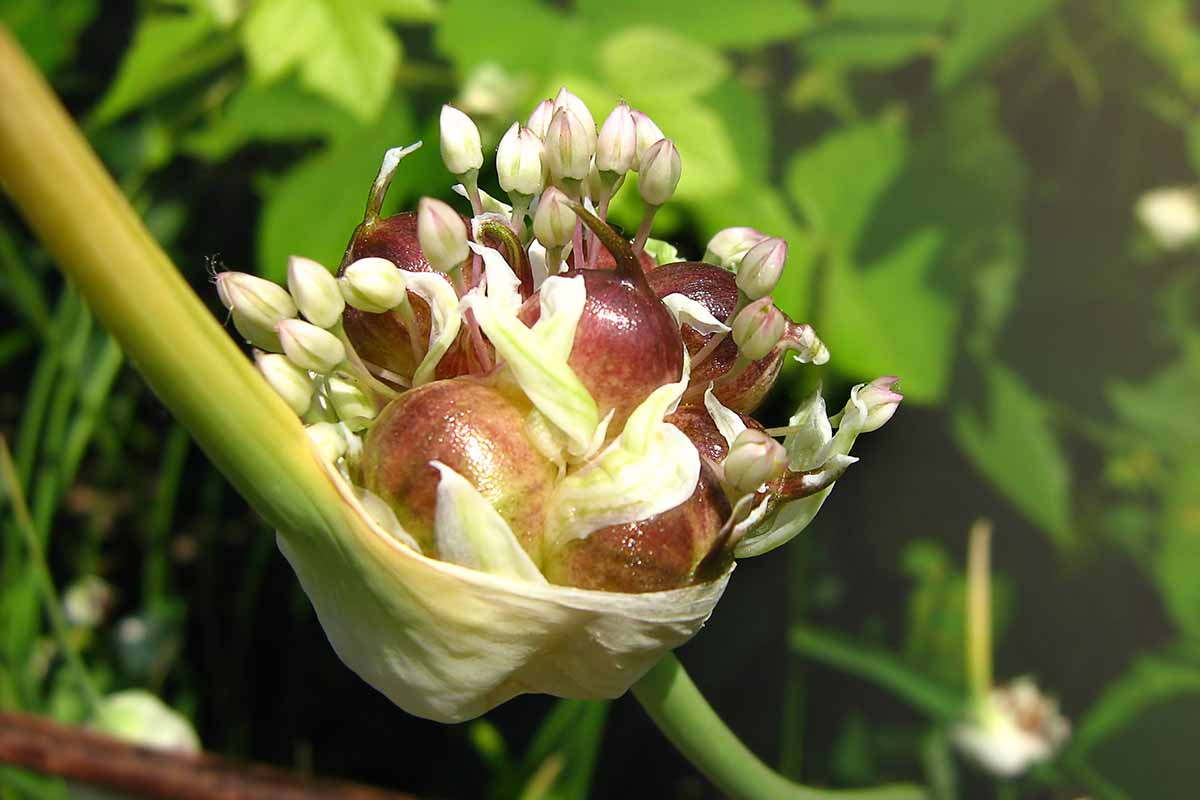

Garden Essentials
What Do Garlic Seeds Look Like
Modified: August 17, 2024
Learn what garlic seeds look like and how to grow them in your garden. Discover the necessary steps and tips for successful garlic cultivation.
(Many of the links in this article redirect to a specific reviewed product. Your purchase of these products through affiliate links helps to generate commission for Storables.com, at no extra cost. Learn more)
Introduction
Welcome to the fascinating world of gardening! Whether you are a seasoned green thumb or just starting out, exploring the realm of plants and seeds can be a rewarding and fulfilling experience. In this article, we will dive into the realm of garlic seeds, shedding light on their characteristics and what they look like. So, let’s dig in and discover the wonders of garlic seeds!
Garlic (Allium sativum) is a popular herb known for its strong flavor and numerous health benefits. While we typically associate garlic with cloves, it actually reproduces through the use of seeds as well. Garlic seeds, also known as bulbils, are miniature versions of garlic bulbs that develop on the flower head of the plant. These seeds play a crucial role in the propagation of garlic plants and can be an interesting addition to your gardening journey.
Now that we have a basic understanding of what garlic seeds are, let’s explore their physical characteristics and delve into what they actually look like.
Key Takeaways:
- Garlic seeds, also known as bulbils, are miniature versions of garlic bulbs that serve as a means of reproduction for the garlic plant. They come in various colors, sizes, shapes, and textures, adding a delightful twist to gardening and culinary adventures.
- The physical characteristics of garlic seeds, including their vibrant colors, small sizes, distinct shapes, and firm textures, contribute to their appeal as both a gardening component and a culinary ingredient. They showcase the wonders of nature’s diversity and invite exploration and appreciation.
Read more: What Do Alfalfa Seeds Look Like
What are Garlic Seeds?
Garlic seeds, also known as bulbils, are miniature versions of garlic bulbs that serve as a means of reproduction for the garlic plant. While conventional garlic propagation involves planting cloves, garlic seeds offer an alternative method for growing garlic. These seeds are essentially tiny bulbs that form on the flower head of the garlic plant.
When the garlic plant matures, it produces a flower stalk known as a scape. Atop this scape, clusters of small bulbils start to form. Garlic seeds can vary in size and number, with each bulbil containing the genetic material necessary to grow into a new garlic plant.
Unlike cloves, which are the primary way garlic is propagated, garlic seeds take longer to develop into mature bulbs. They typically require two to three years of growth before they can produce a fully formed garlic bulb. While this may seem like a longer and more labor-intensive process, growing garlic from seeds can offer certain advantages, such as preserving unique genetic traits or selecting specific varieties.
In addition to their reproductive function, garlic seeds can also be harvested and used in the kitchen. They possess a milder flavor compared to cloves but still retain the distinct garlicky taste. Some gardeners enjoy using garlic seeds as a culinary ingredient, adding them to salads, stir-fries, or pickling them for a unique twist on traditional garlic flavors.
Now that we have a clearer understanding of garlic seeds, let’s explore their physical characteristics, including their color, size, shape, and texture.
Physical Characteristics of Garlic Seeds
Garlic seeds, also known as bulbils, possess a range of physical characteristics that make them distinct and recognizable. Let’s take a closer look at these characteristics:
Color of Garlic Seeds
Garlic seeds can exhibit various colors depending on their stage of development. When first formed, they may appear green or pale yellow. As they mature, the color can transition to a darker shade of brown or black. However, it’s important to note that the color of garlic seeds can also vary between different garlic varieties.
Size of Garlic Seeds
Garlic seeds are relatively small compared to traditional garlic cloves. They typically range in size from 1/8 inch to 1/4 inch in diameter. These compact sizes allow for easy dispersal and make them convenient for storage and planting.
Read more: What Do Salvia Seeds Look Like
Shape of Garlic Seeds
The shape of garlic seeds can vary, but they commonly resemble miniature bulbs. They have a rounded or oblong shape, often slightly asymmetrical. The surface of the seed may have slight ridges or indentations, contributing to their unique appearance.
Texture of Garlic Seeds
Garlic seeds have a firm and slightly dry texture. When held between your fingers, you may notice a slight powdery residue. This texture is a result of the protective outer layers of the seed, which help shield it during the germination and growth processes.
Overall, the physical characteristics of garlic seeds make them visually intriguing and easy to identify. Their unique colors, small sizes, distinct shapes, and tactile textures contribute to their appeal as both a gardening component and a culinary ingredient.
Now that we have explored the physical characteristics of garlic seeds, let’s summarize our findings.
Color of Garlic Seeds
The color of garlic seeds can vary depending on their stage of development and the garlic variety. When first formed, garlic seeds often have a green or pale yellow hue. As they mature, the color can transition to a darker shade of brown or even black.
The vibrant green color of young garlic seeds is a delightful sight. It signifies the early stages of growth and the potential for new garlic plants. As the seeds progress in their development, they undergo changes in pigmentation. The transition from green to yellow is a natural part of the maturation process.
As garlic seeds reach their full maturity, their color can darken significantly. This shift can vary depending on the garlic variety and environmental factors such as sunlight exposure. Some garlic seeds may turn shades of brown, while others may become deep black in color.
The variation in color can also be influenced by the natural compounds present in garlic. Garlic contains pigments called anthocyanins, which contribute to the range of colors observed in the bulbs and seeds. These pigments are responsible for the red, purple, or black hues that can be seen in certain varieties of garlic seeds.
While the color of garlic seeds adds visual interest, it is essential to remember that color alone is not an indicator of quality or viability. The viability of garlic seeds is determined by their overall health and germination potential.
It’s worth noting that when growing garlic from seeds, the color of the seeds can somewhat indicate the potential traits of the resulting plant. In general, darker-colored seeds are more likely to produce bulbs with stronger flavors and characteristics, while lighter-colored seeds may yield milder and more subtle flavors.
Understanding the color variations of garlic seeds can be both aesthetically pleasing and informative for gardeners. Observing these changes throughout the growth stages of garlic seeds is a testament to the wonders of nature and the beauty of plant life.
Now that we’ve explored the color of garlic seeds, let’s move on to examine their size.
Size of Garlic Seeds
The size of garlic seeds, also known as bulbils, can vary depending on the garlic variety and the specific conditions of growth. Generally, garlic seeds are much smaller compared to traditional garlic cloves. They range in size from approximately 1/8 inch to 1/4 inch in diameter.
These compact sizes allow garlic seeds to be conveniently stored and easily transported. Their small size also makes them suitable for planting and dispersal in the garden. Whether you’re planning to grow garlic in containers or a garden bed, the small size of garlic seeds allows for precise and controlled placement.
Despite their diminutive size, garlic seeds contain the genetic material necessary for the development of a fully grown garlic plant. Each seed houses the potential to produce leaves, roots, and eventually a bulb, continuing the garlic’s life cycle.
When handling garlic seeds, you may notice that they are significantly smaller than the cloves commonly used for cooking and planting. This size difference is due to the distinct reproductive purpose of the bulbils, allowing them to be dispersed and spread to new areas.
Additionally, the size of garlic seeds can vary depending on the specific garlic variety. Some varieties may produce larger seeds, while others may have smaller ones. These variations add to the diversity of garlic seeds and provide gardeners with a wide range of options to choose from when selecting and planting garlic.
While garlic seeds may be small in size, they hold immense potential to grow into thriving garlic plants. With proper care and nurturing, these tiny bulbils can develop into mature bulbs that can be harvested and enjoyed in various culinary delights.
Now that we have explored the size of garlic seeds, let’s move on to discuss their unique shape.
Read more: What Do Coneflower Seeds Look Like
Shape of Garlic Seeds
The shape of garlic seeds, also known as bulbils, is a distinguishing feature that sets them apart from traditional garlic cloves. While cloves have a distinct teardrop or bulbous shape, garlic seeds take on a more rounded or oblong form.
When observing garlic seeds, you’ll notice that they resemble miniature bulbs. They have a compact and self-contained shape, with a rounded base and a slightly tapering top. This shape is characteristic of garlic bulbils and is an adaptation that allows for efficient storage and dispersal.
While the general shape of garlic seeds is relatively uniform, there can be slight variations. Some bulbils may be perfectly round, while others may have more elongated or asymmetrical shapes. These variations are a result of genetic differences between garlic varieties.
In addition to their overall shape, garlic seeds may also exhibit subtle ridges or indentations on their surface. These textural features contribute to the unique appearance of each individual seed. The presence of these ridges can be observed upon closer inspection and adds to the intricate nature of garlic seeds.
Despite their relatively small size, the shape of garlic seeds is an essential aspect of their functionality. The rounded shape allows for efficient storage of nutrients and genetic material, ensuring the seeds have the necessary resources for sprouting and growth.
Overall, the shape of garlic seeds, with their compact and rounded form, is an interesting feature to observe and appreciate. Their distinctive shape, combined with their other physical characteristics, contributes to the allure and beauty of garlic seeds as they play a role in the life cycle of the garlic plant.
Now that we have explored the shape of garlic seeds, let’s move on to discuss their texture.
Garlic seeds are small, round, and brown in color. They look similar to poppy seeds and are found within the garlic bulb. When planting garlic, it’s important to use the individual cloves as seeds rather than the seeds themselves.
Texture of Garlic Seeds
The texture of garlic seeds, also known as bulbils, is an intriguing aspect of their physical characteristics. When handling garlic seeds, you’ll notice that they have a firm and slightly dry texture.
Upon closer examination, you may feel a slight powdery residue on the surface of garlic seeds. This texture is a result of the protective layers that surround the seed. The outer layers help shield the seed during the germination and growth processes, ensuring its viability.
The dry texture of garlic seeds is an adaptation that allows them to survive and remain dormant until environmental conditions are favorable for germination. This dryness helps prevent moisture buildup and the potential for rot or fungal infection.
While the overall texture of garlic seeds may be dry, they are still pliable and resilient. The firmness of the seed indicates its health and potential for growth. A seed that feels soft or squishy may indicate damage or decay, making it less likely to germinate successfully.
When planting garlic seeds, their texture can also provide valuable information. A healthy garlic seed should feel firm and solid to the touch, indicating its potential for successful growth. It is important to handle garlic seeds with care to avoid damaging or compromising their texture.
When using garlic seeds in the kitchen, their texture can add an interesting element to culinary creations. While not as juicy or succulent as garlic cloves, the dry texture of garlic seeds still offers a satisfying crunch when consumed. Some gardeners and chefs enjoy using garlic seeds as a decorative element in salads or adding them to stir-fries for a unique texture and flavor combination.
Overall, the texture of garlic seeds combines firmness with a slight dryness, making them resilient and adaptable. This texture contributes to their ability to withstand various environmental conditions and ensures their potential for successful germination and growth.
Now that we have explored the texture of garlic seeds, let’s wrap up our discussion.
Conclusion
In the world of gardening, exploring the characteristics of different plant parts and seeds can be a fascinating journey. Garlic seeds, also known as bulbils, offer a unique perspective on the life cycle and propagation of garlic plants. Despite being lesser-known compared to cloves, garlic seeds possess their own distinct physical characteristics.
We discovered that garlic seeds come in a range of colors, transitioning from green or pale yellow when young to darker shades of brown or black as they mature. Their small size, typically ranging from 1/8 inch to 1/4 inch in diameter, allows for convenient storage and precise planting.
The shape of garlic seeds is rounded or oblong, resembling miniature bulbs. While their surface may display slight ridges or indentations, the texture of garlic seeds is firm and slightly dry, with a protective layer that contributes to their resilience and potential for successful germination.
Understanding the physical characteristics of garlic seeds adds depth to our appreciation of this versatile herb. From their vibrant colors to their compact sizes and unique shapes, garlic seeds showcase the wonders of nature’s diversity.
Whether you choose to incorporate garlic seeds into your garden as a means of propagation or experiment with their milder flavor in the kitchen, these bulbils offer a delightful twist on the traditional use of garlic cloves. Exploring the possibilities of growing garlic from seeds can be a rewarding experience, adding a new dimension to your gardening endeavors.
As you embark on your gardening journey, take a moment to appreciate the intricacies of garlic seeds. Observe their colors, feel their textures, and marvel at their potential. Whether you’re a seasoned green thumb or just starting out, garlic seeds invite you to explore the extraordinary world of plants and the wonders they hold.
Grow, cook, and savor the magic of garlic seeds, as you embrace the joys of gardening and the endless possibilities they bring!
Frequently Asked Questions about What Do Garlic Seeds Look Like
Was this page helpful?
At Storables.com, we guarantee accurate and reliable information. Our content, validated by Expert Board Contributors, is crafted following stringent Editorial Policies. We're committed to providing you with well-researched, expert-backed insights for all your informational needs.
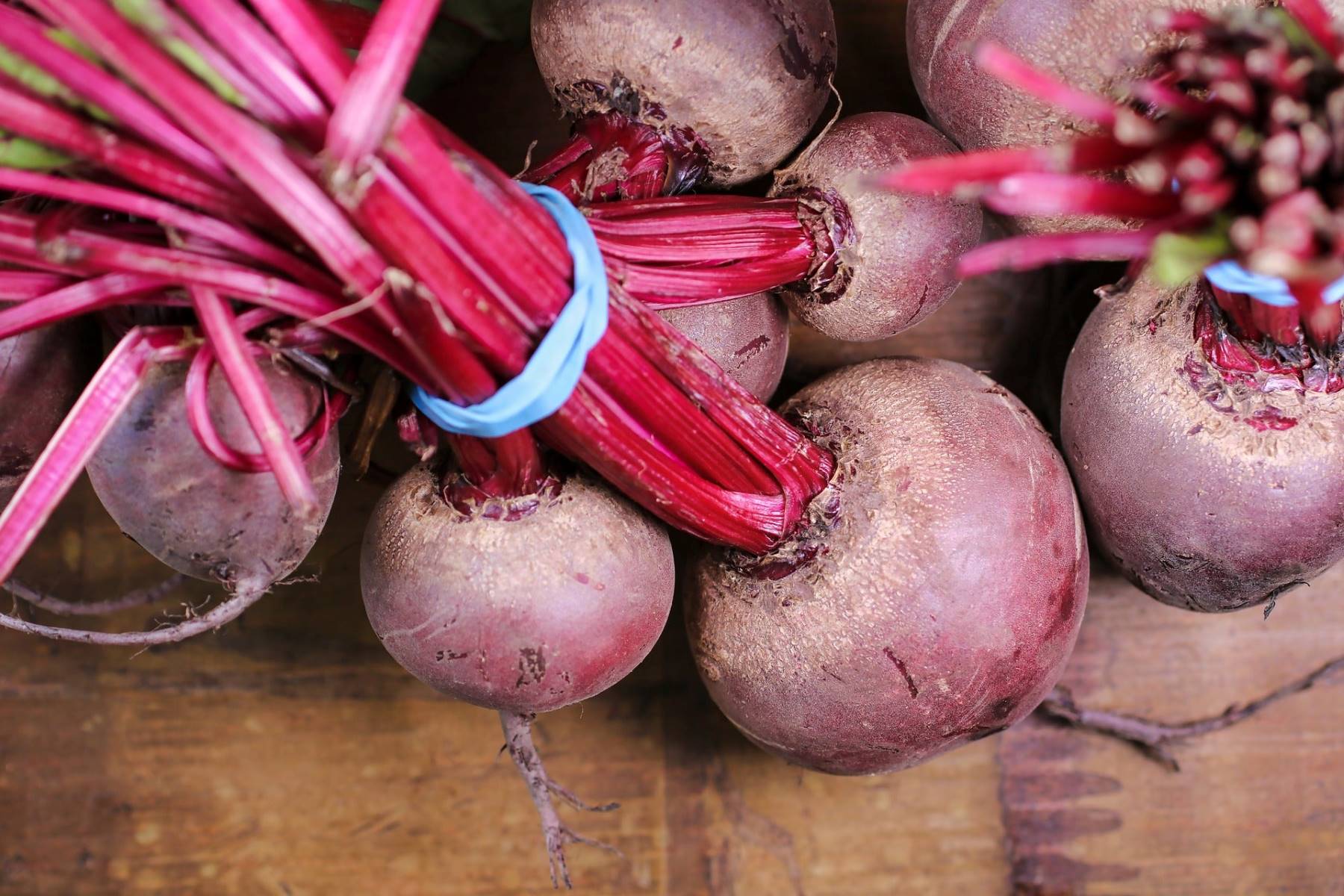
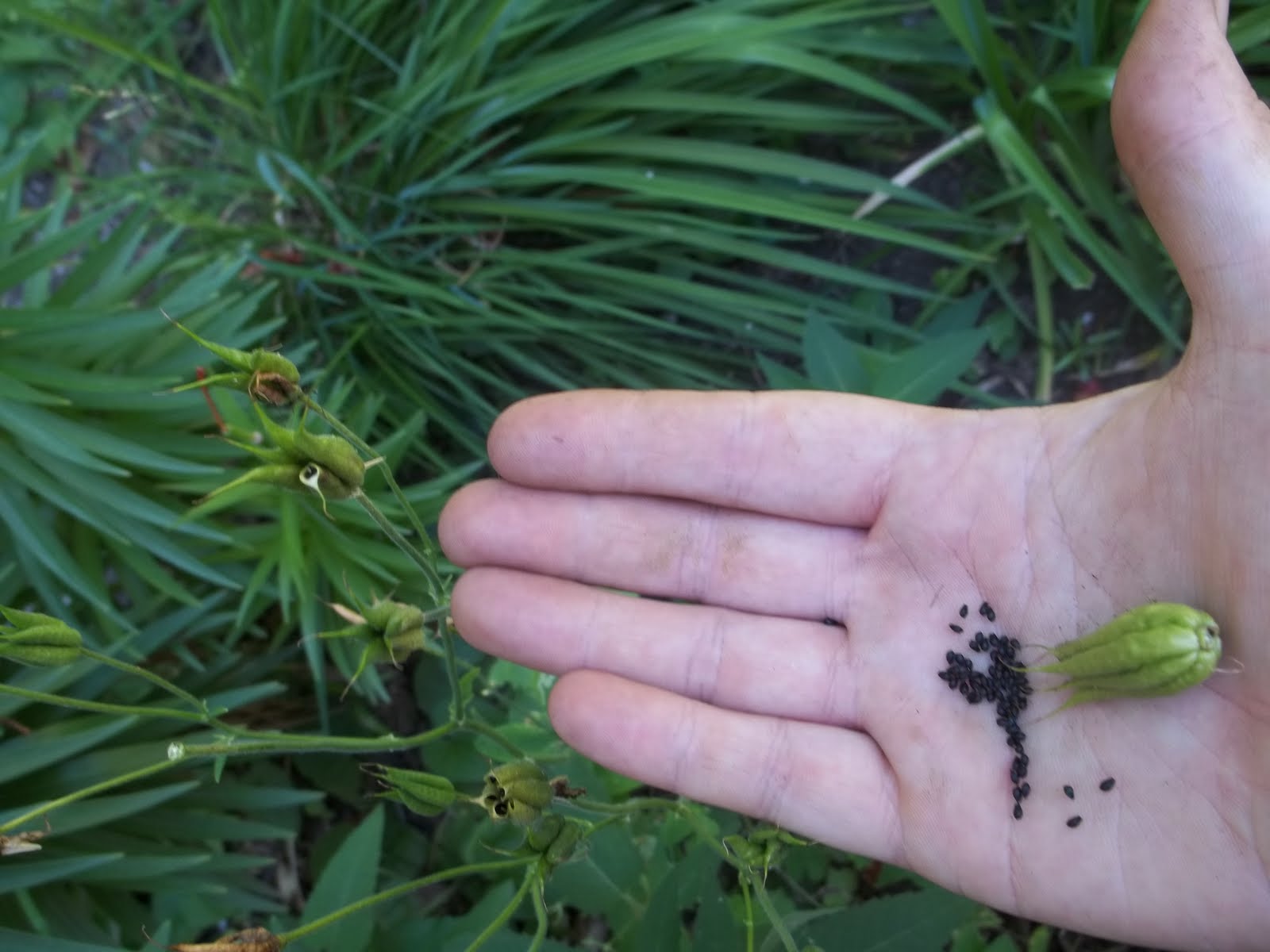
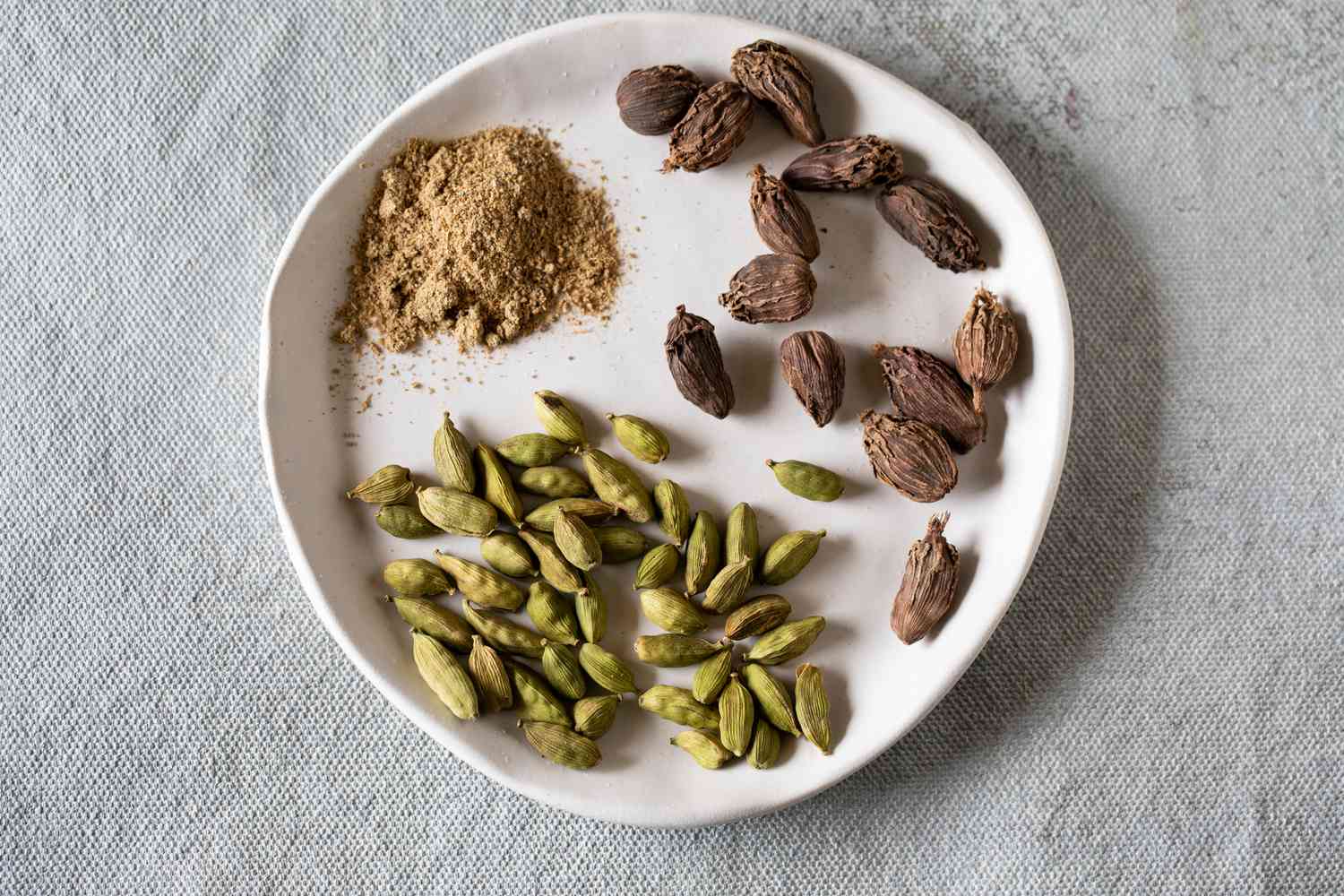
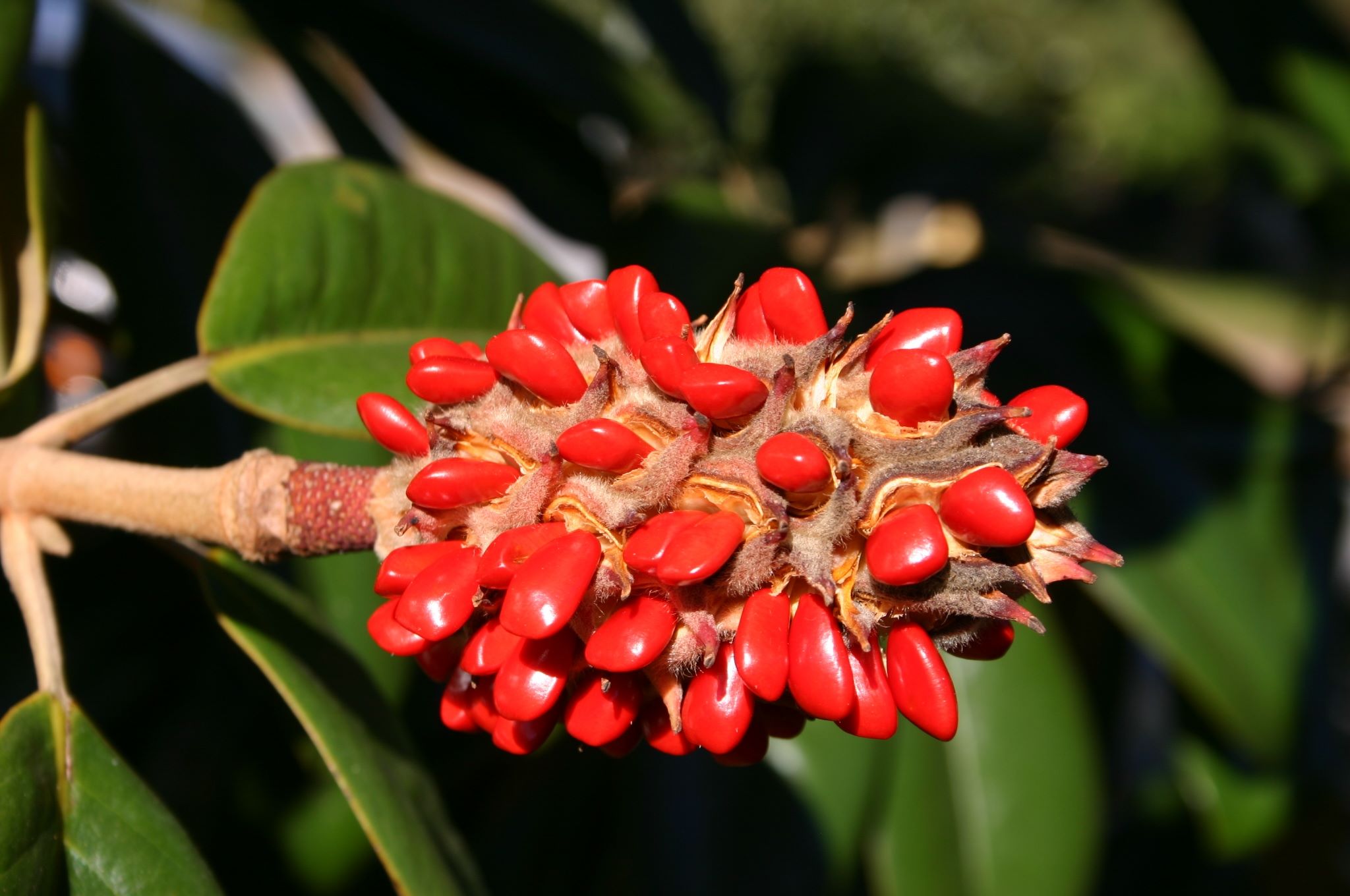
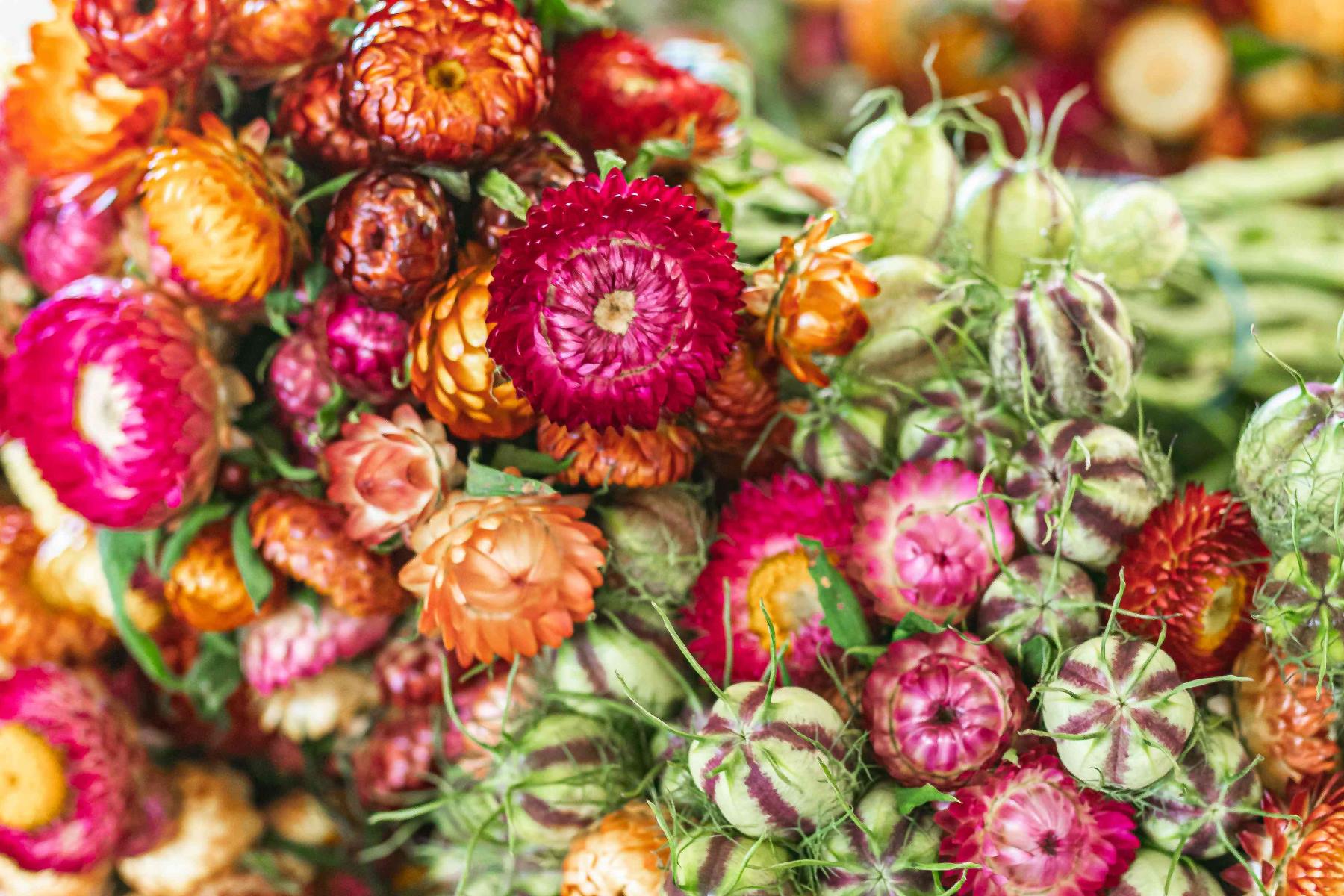
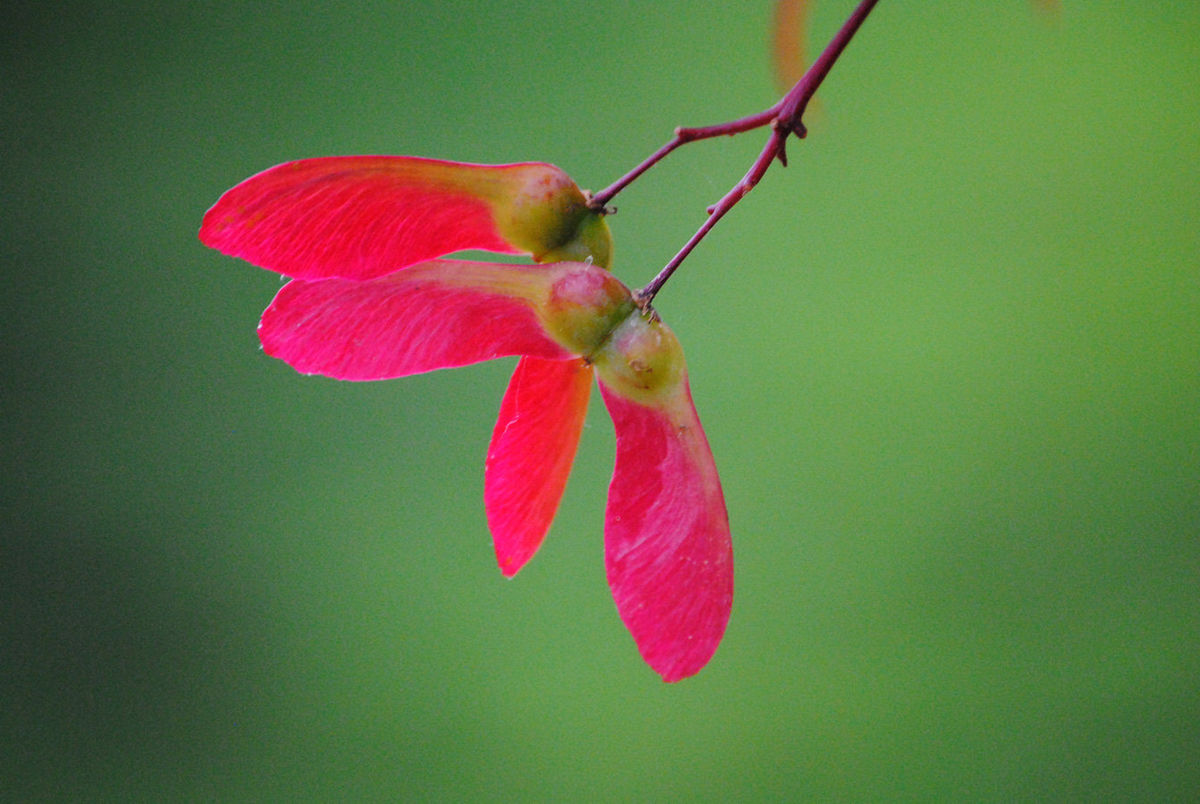
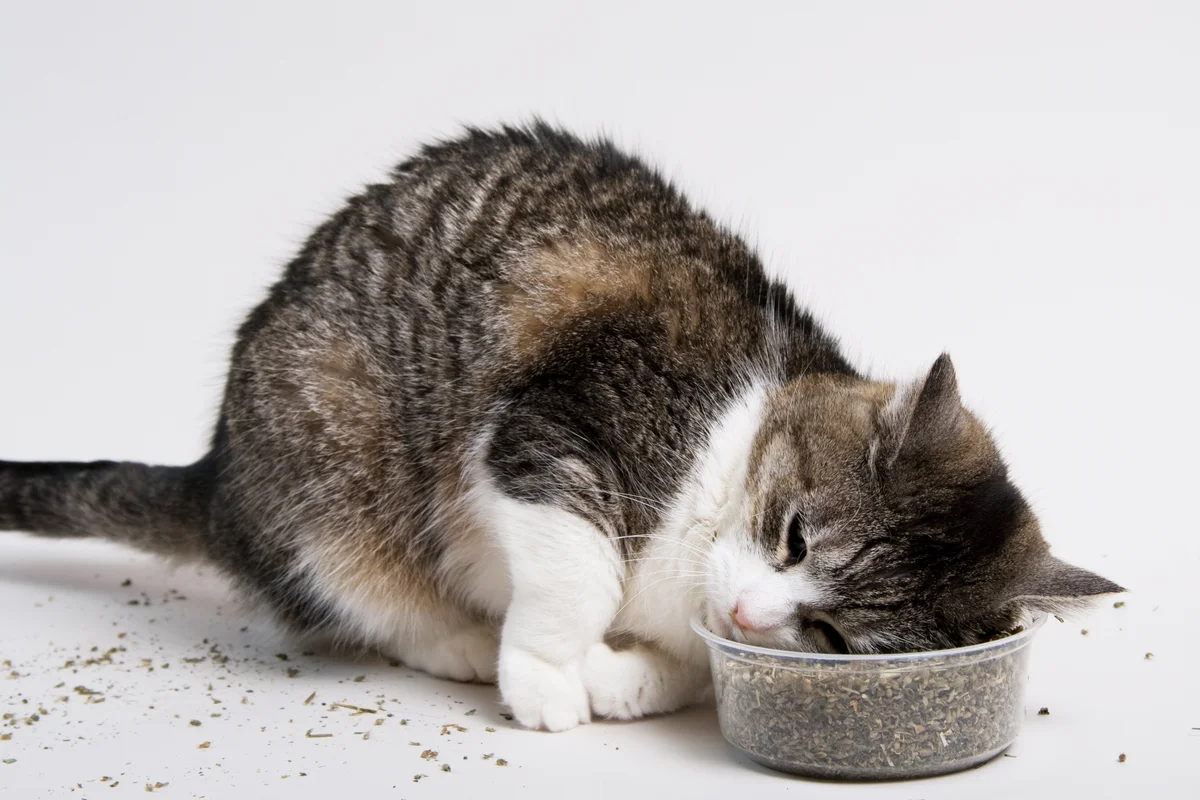
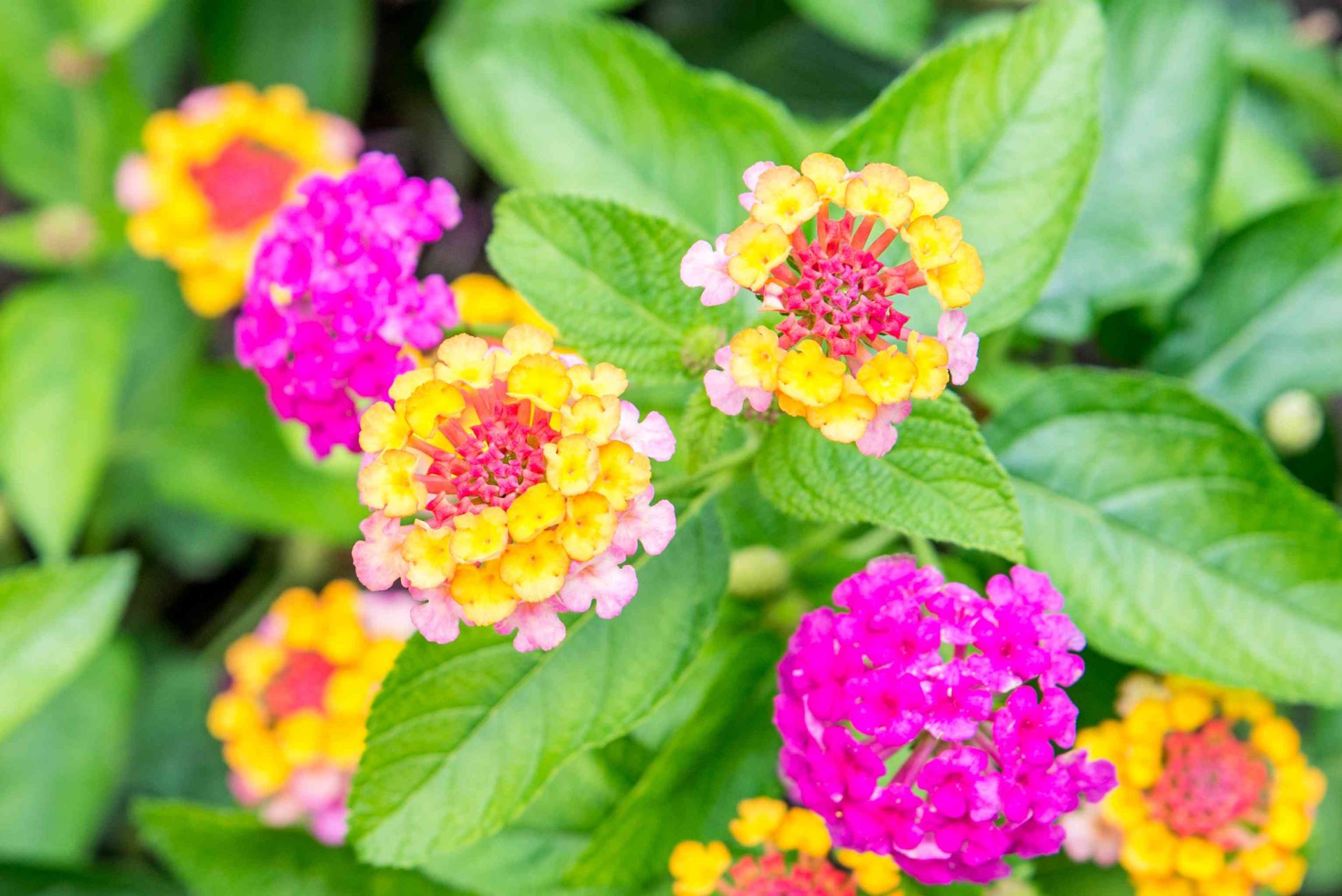
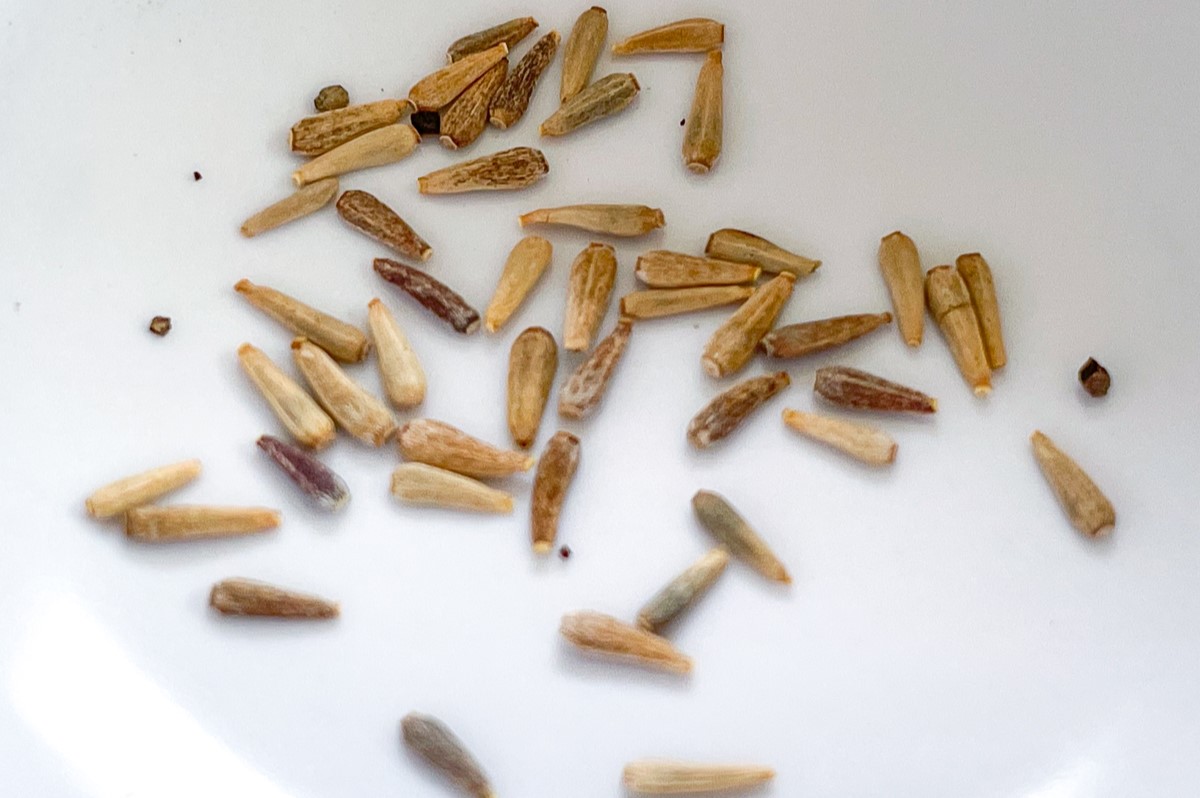
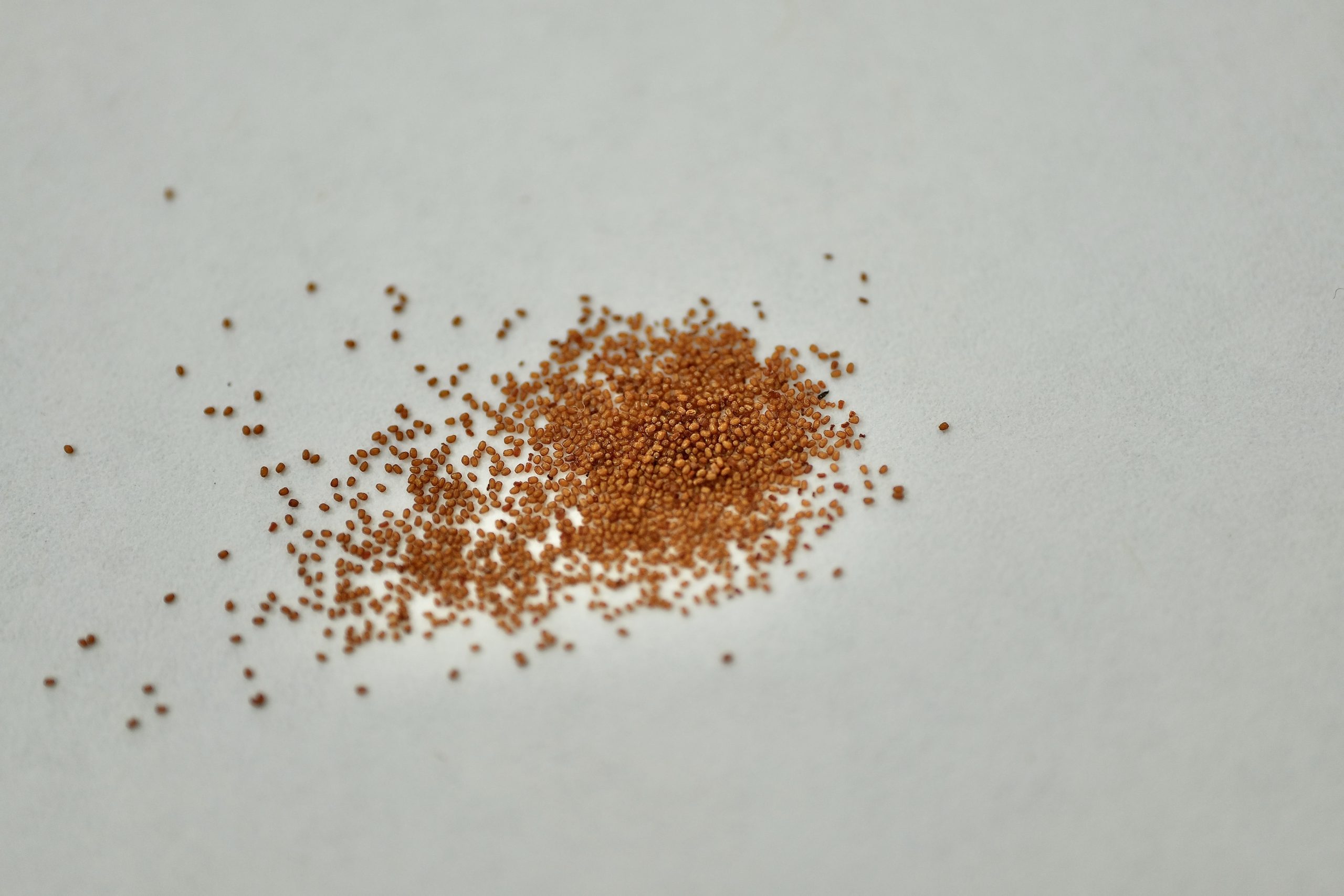
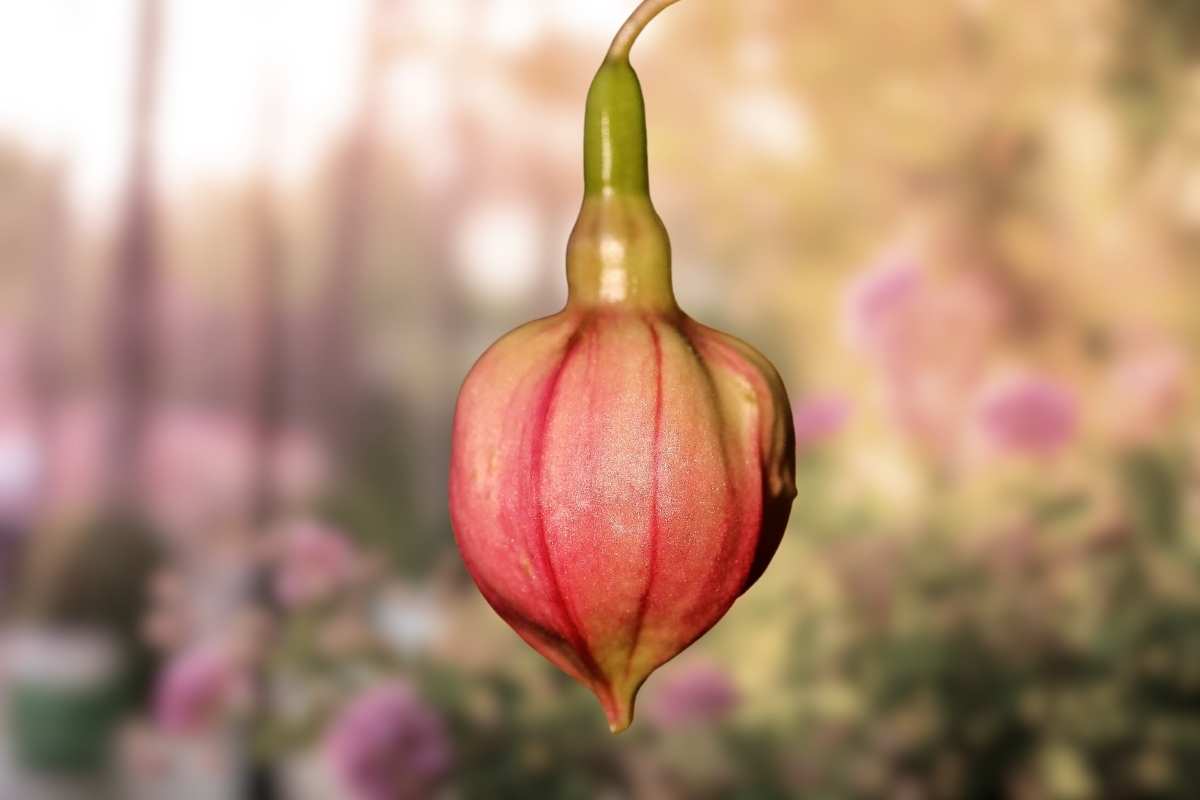
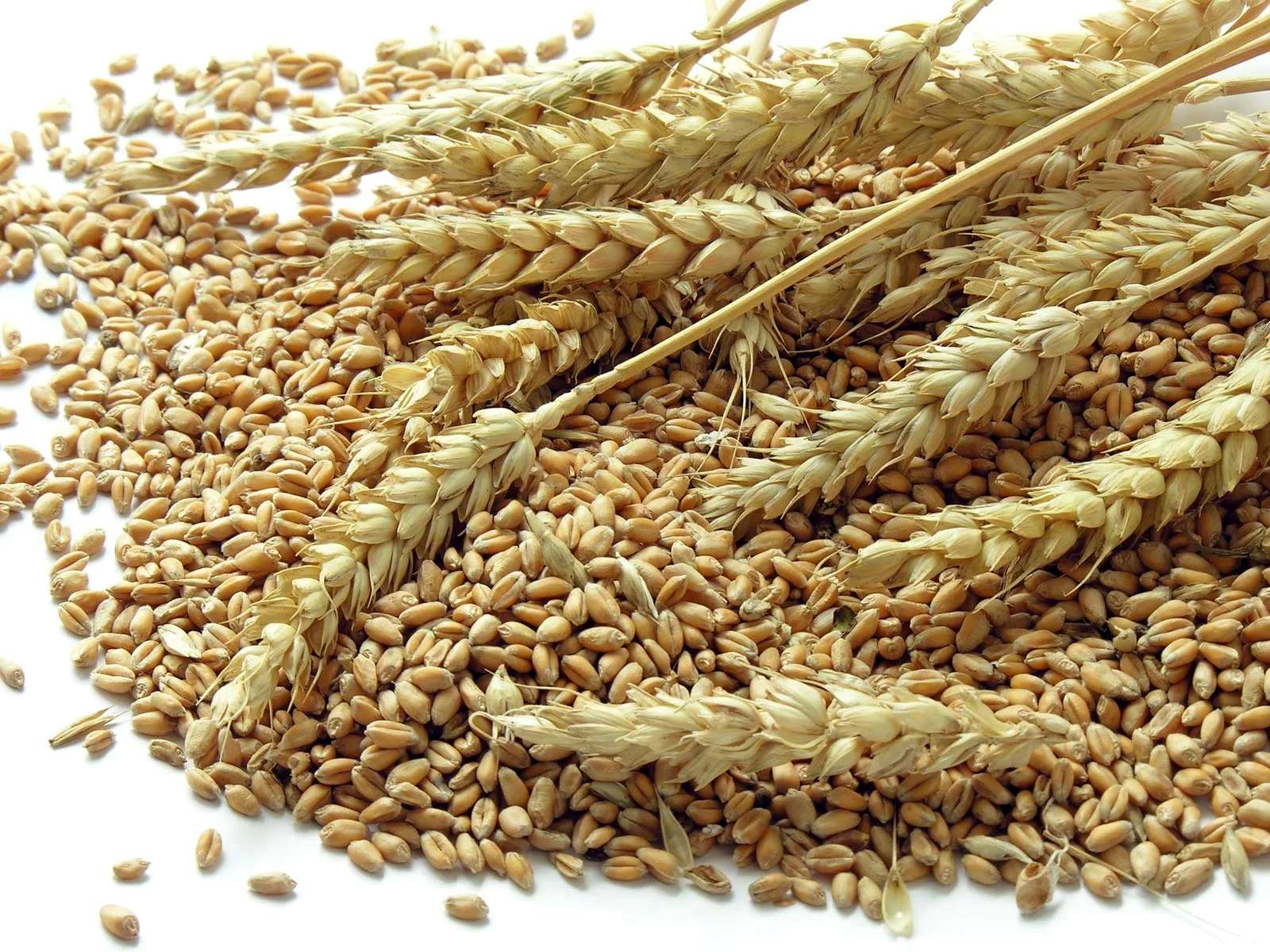
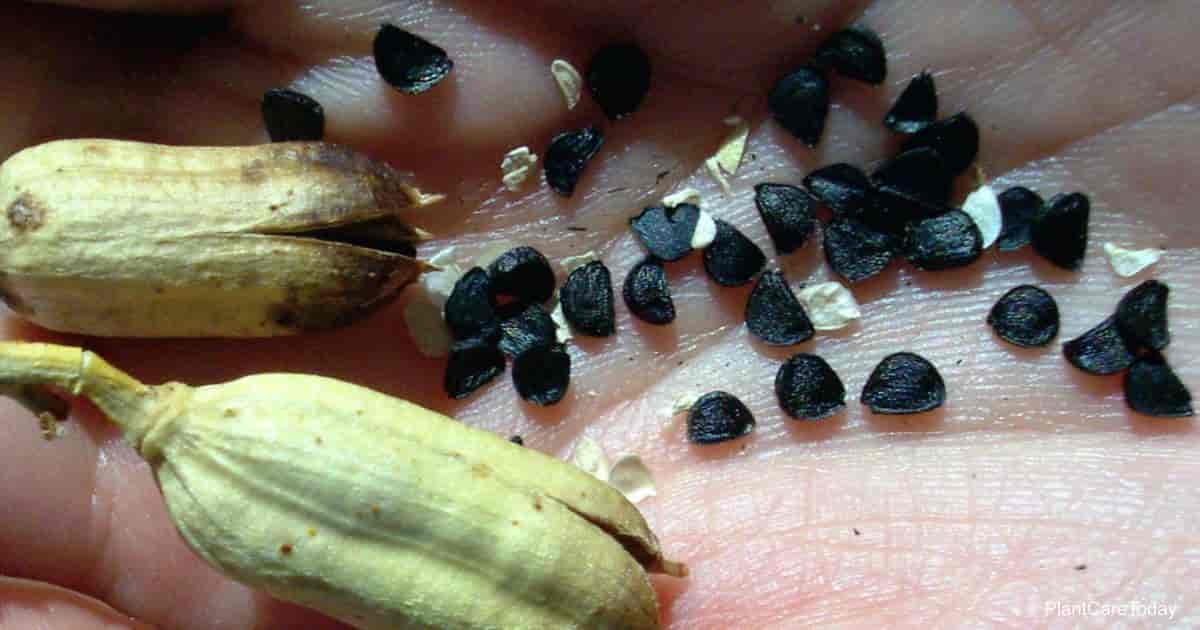

0 thoughts on “What Do Garlic Seeds Look Like”